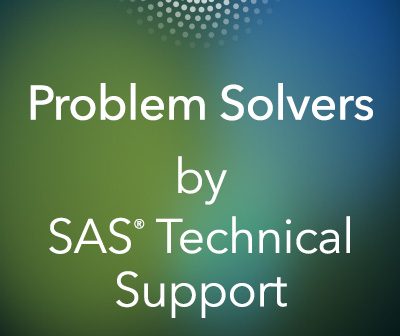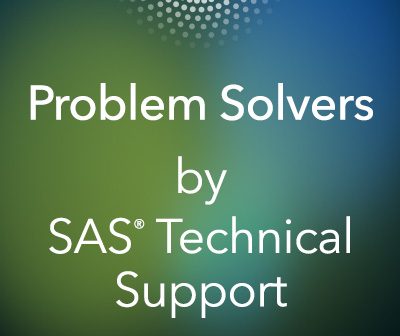
When you use SAS software, you might occasionally encounter an issue with SASUSER. This post helps you debug some of the more common issues: a warning message indicates that SASUSER.TEMPLAT is not an item store or that you cannot write to SASUSER.TEMPLAT a note in the log indicates that SAS









